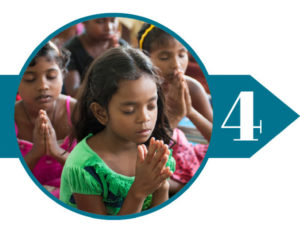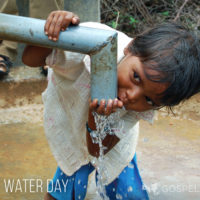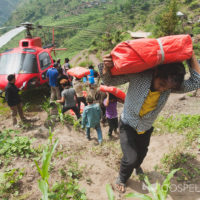WILLS POINT, TX – Gospel for Asia (GFA World and affiliates like Gospel for Asia Canada) founded by KP Yohannan, issued this Special Report on the horrific realities girls face, child marriage, human trafficking, abuse & exploitation, and the restoration & redemption that God brings to their lives.
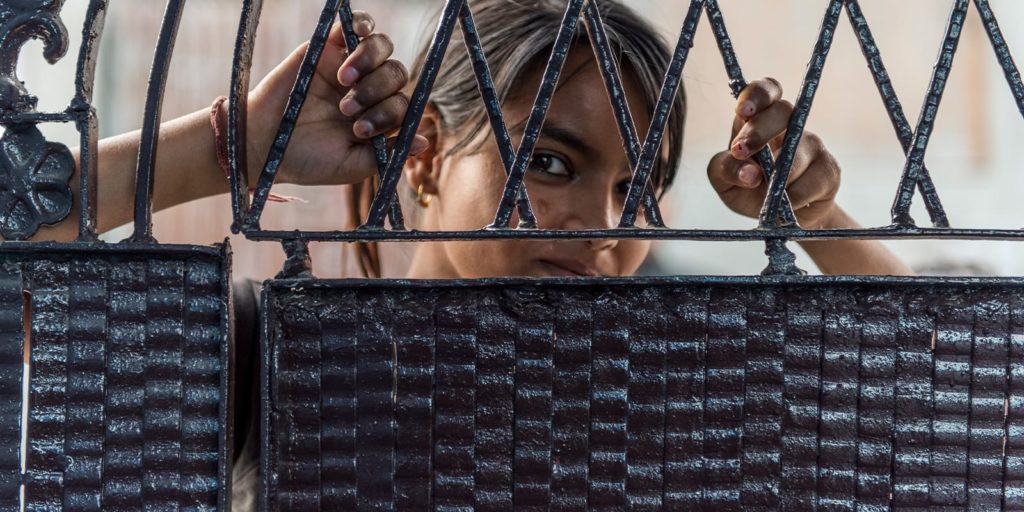
Nearly 173 years ago, on October 16, 1847, a book authored by “Currer Bell” rolled off the presses and quickly provoked a combination of praise, revulsion and gossip.
“It is a very remarkable book,” wrote a reviewer named Elizabeth Rigby. “We have no other remembrance of one combining such genuine power with such horrid taste.”

Many literary critics today still consider Bell’s novel, Jane Eyre, remarkable, but perhaps not for the same reasons Rigby did. For one thing, Jane Eyre opens with a girl at the center of its action. And this girl is a dynamic and well-rounded protagonist with a depth, voice and independent spirit that were groundbreaking for the time.
As grown-up Jane narrates her story, readers journey with young Jane through girlhood. They feel what she feels as she experiences the sting of abuse, the devastation of loss, the joy of friendship and the empowerment of education. They watch how these experiences shape Jane into a young woman who faces messy adult situations with resolve and integrity.
Jane Eyre stands as one of the earliest and most prominent examples of a coming-of-age story with a female protagonist, and it is still considered by some to be one of the greatest novels ever written. Much of the strength of this story derives from the strength of its female title character, a character created by an author who had experienced girlhood herself. (“Currer Bell” was in fact a woman named Charlotte Brontё.) This novel preceded countless other popular woman-authored novels and series describing a girl’s journey to womanhood: Little Women; Anne of Green Gables; Little House on the Prairie; To Kill a Mockingbird and Roll of Thunder, Hear My Cry, to name a few. These stories have captivated audiences spanning generations and nationalities.
Perhaps these stories still speak to audiences today in part because they remind readers of what it means to be a girl. A girl can be imaginative and creative. A girl can overcome loss, abuse, neglect or public humiliation. A girl can learn to forgive. A girl can develop skills and abilities. A girl can think and analyze. A girl has the potential to grow into a strong woman.
A girl is a human being created in the image of God, and He is writing a nonfiction story in each girl’s life. Too often, however, girls’ dignity is robbed by other humans who do not recognize their value as human beings and God’s image-bearers. Too often, girls are treated as burdens, as sexual objects or as machines purposed solely for physical labor and child-bearing. Yet as girls learn of their value in the eyes of their Creator—and as they gain access to education, justice and financial stability—they are once again able to live as the protagonists in their own stories.
In developed areas, most girls enjoy relative stability. They go to school, eat nutritious food, enjoy hobbies, play sports and hang out with friends. But in many developing parts of the world, girls struggle to survive. Though girls in different regions may face different challenges, girls throughout the world face abuse, neglect, discrimination, trafficking and child marriage, even in the most economically stable and educated nations.
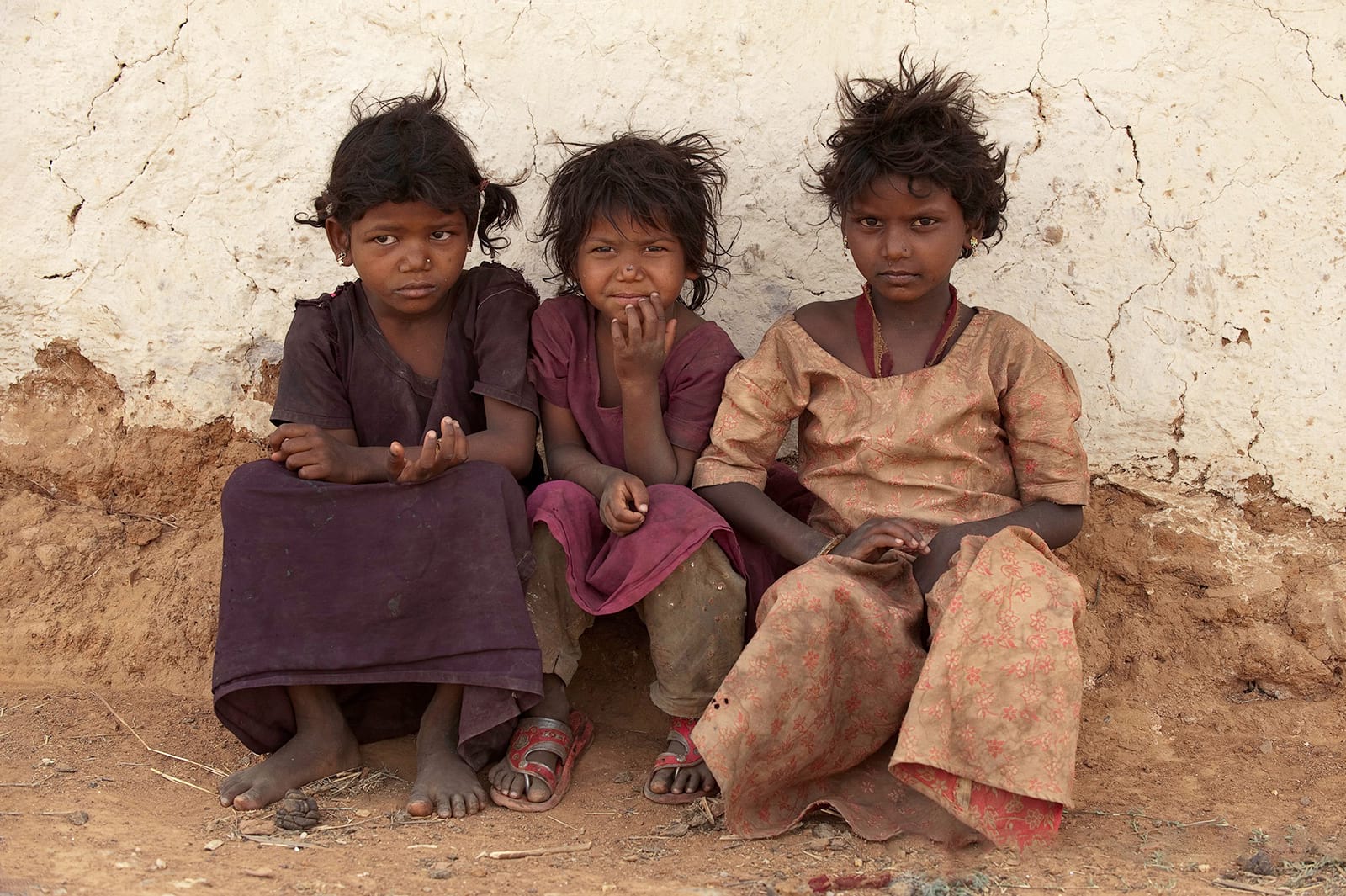
A Fight for Existence
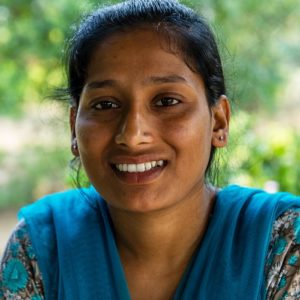
The story of Ruth, a Gospel for Asia (GFA) missionary, illustrates the first and biggest threat to girls’ lives. Throughout her childhood, Ruth was treated cruelly by her parents. They made her work long hours in their fields, they didn’t feed her enough and they rarely provided her with new clothes. One day Ruth finally got the courage to ask her parents why they mistreated her.
“You should have been a boy!” shouted her father.
Ruth had three older sisters, and her parents desperately wanted a son. They even sold a field to give an offering to a priest of their traditional religion so he would intercede for them to have a son. When Ruth, a fourth girl, was born instead, her father was furious—and he unleashed that resentment on Ruth throughout her growing-up years.
Society’s abasement of girls yields tragic consequences. For Ruth, it led to a childhood marked by abuse. For thousands of other girls, it robs them of experiencing life at all: Girls face their first threat in the womb.
Some societies view girls as a liability and a financial burden, so many families decide they don’t want a daughter. This has made sex-selective abortion a devastating problem around the world.
In India, an effort to prevent sex-selective abortions has led to a ban on using ultrasound to learn a baby’s gender, but some people find illegal ways to get an ultrasound: The number of sex-selective abortions in India appeared to be growing around the start of the 21st century. There may be numerous reasons why parents illegally abort their daughters, especially because many of the abortions happened among educated families. Perhaps some people still fear having too many girls because they expect daughters will earn less for the family and will require a dowry payment upon marriage. Perhaps others simply value boys more.
Since some societies view girls as a liability and a financial burden, many families decide they don’t want a daughter. This has made sex-selective abortion a devastating problem around the world.
China, the largest nation on earth in terms of population, is still recovering from decades of its “one-child policy.” High abortion rates of girls caused a skewed sex ratio, leaving too many men and too few women.
“Over 30 years, China was robbed of millions of girls as families used gender-based abortions and other methods to ensure their only child was a boy,” explains Hannah Beech in an article for The New York Times. “These boys are now men, called bare branches because a shortage of wives could mean death to their family trees. At the height of the gender imbalance in 2004, 121 boys were born in China for every 100 girls, according to Chinese population figures.”
Not only has this skewed sex ratio robbed millions of girls of life itself, but it has also threatened the girls who aren’t aborted in the womb, putting them at grave risk for abuse such as forced marriage and human trafficking.
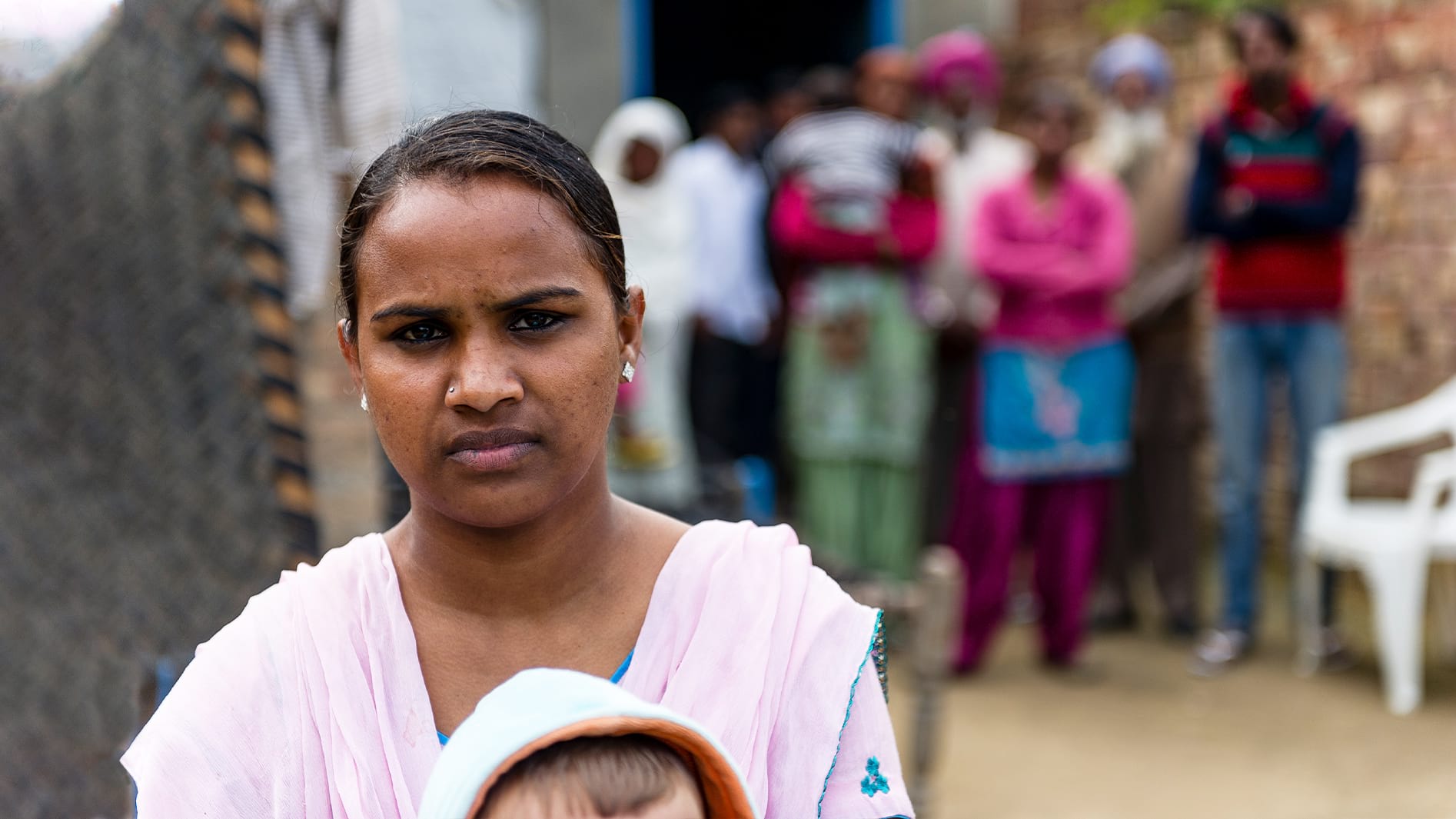
Deprived of Opportunity
When a girl survives to childhood, she faces another great hurdle: gaining an education. An education greatly changes what choices she may have in the future. Without one, a girl may never learn to read or write. She may never be able to understand street signs, shop signs or business contracts. She may never get to choose her own career or spouse. She may never be able to help her children get an education themselves.
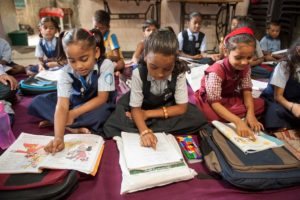
Many families don’t send their daughters to school for financial reasons. They can’t afford the expenses of clothing and supplies, even when they do have access to free public education. Sometimes they struggle just to put food on the table, and they deem it necessary to send some children to work to support the family. When families can’t afford to educate all their children, they may expect their daughters to sacrifice their education and help care for the home.
According to a 2018 report from Malala Fund and the World Bank, the repercussions of not educating girls are serious. When girls miss out on a quality education, they miss the opportunity to pursue careers that could financially benefit them and their families in the future. They also risk ending up in unstable marriages where they are abused or disrespected, and they risk raising daughters who remain in the same vicious cycle.
she faces another great hurdle: gaining an education.
Without one, a girl may never learn to read or write.
“Depriving girls of education, especially secondary school education, has dramatic costs for girls themselves, their families, communities and societies,” says the report. “These include greater rates of poverty, higher rates of child marriage, increased fertility rates, and reduced engagement in personal, familial and community decision making.”
The report found that girls who receive only a primary education face similar challenges to women who receive no education at all. They are just as likely to marry and have children before age 18, and upon entering the work force, they earn only 15 percent more.
When girls miss out on an education, especially due to child marriage, human trafficking or forced labor, they miss opportunities for independence and financial stability, and they risk passing on the same neglect and exploitation to subsequent generations of girls.
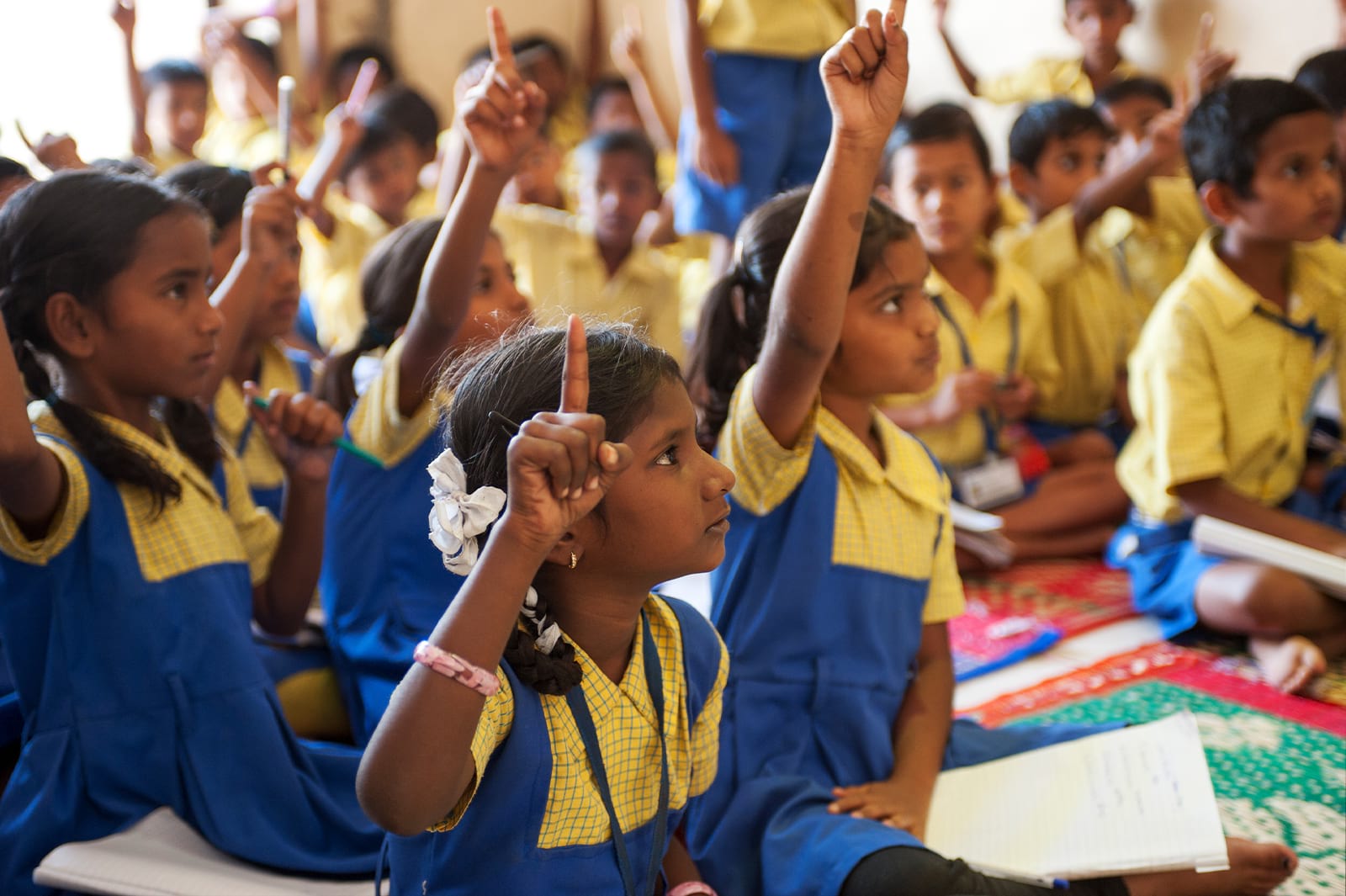
Childhood Cut Short
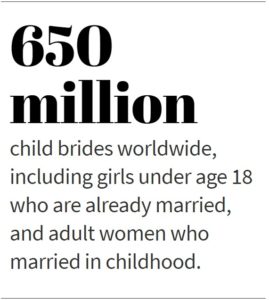 Robbing girls of education has contributed to another global problem for girls: child marriage. In 2018, UNICEF reported there were 650 million child brides worldwide, including girls under age 18 who were already married and adult women who married in childhood.
Robbing girls of education has contributed to another global problem for girls: child marriage. In 2018, UNICEF reported there were 650 million child brides worldwide, including girls under age 18 who were already married and adult women who married in childhood.
In some communities, child marriage remains prevalent due to poverty and deep-rooted attitudes toward girls and women. When people fail to educate their girls, they fail to see their daughters’ potential to earn income, to build careers or to dream of accomplishments beyond serving a husband and bearing children. This narrow view often causes families to perceive their daughters as financial liabilities who must be married off so a husband can provide for them.
Child marriage subjects girls to undue physical and mental stress. It gravely endangers their health, as it often pushes girls to bear children while in their teenage years. Many child brides already suffer from malnourishment, and the added strain of childbirth threatens their lives—and the lives of the babies they bear. Malnourished or unhealthy mothers often rear malnourished or unhealthy babies. Even worse, their babies may not even survive to term.

Ridhima learned this by experience.
Ridhima was married off at the age of 12 and became pregnant only a few months later. Ridhima’s in-laws told her a pregnant lady should work to be healthy and forced her to perform difficult chores around the house, including heavy lifting. Whenever Ridhima rested because she didn’t feel well, they accused her of being dramatic to get out of work.
On top of the verbal abuse from her mother-in-law, Ridhima faced physical abuse from her alcoholic husband.
During Ridhima’s seventh month of pregnancy, her doctor said she needed to rest because of a complication. But Ridhima’s mother-in-law dismissed the doctor’s advice, and the continued strain on Ridhima’s health had tragic consequences: When the birth approached, the doctor had to perform a C-section to deliver the baby, but tragically, the child was dead.
Instead of comforting her, Ridhima’s in-laws blamed the young teenager for the baby’s death.
Child marriage not only robs girls of their childhood and endangers their health but also potentially limits and destabilizes their future. These girls typically don’t get to finish their education, so they lose opportunities to contribute to society and educate their own children. Then, if their husbands mistreat them, abandon them or pass away, these women may have very few ways to provide for themselves and their children, which may leave them susceptible to exploitation.
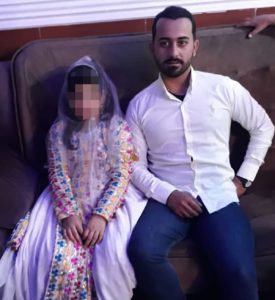
Corinne Redfern, a writer for The Telegraph, describes a disturbing trend in Bangladesh.
“Out of 375 sex workers surveyed on behalf of Girls Not Brides across four … brothels in Bangladesh last year, 47 percent were former child brides, trafficked into prostitution against their will,” she wrote.
Redfern interviewed several teenaged girls who had been forced into marriage when they were as young as 11 or 12. When these girls tried to escape physical and sexual abuse, they were deceived and sold to brothels. These teenagers now face more sexual and physical abuse, and see no alternative life for themselves.
“One time, when I was new, the police came by and asked me how old I was—they said they’d had a report that I was too young to be working, and that they could help me leave,” a 14-year-old girl told Redfern. “But I don’t have anywhere to go. So I said I was 18. Now when times are bad, I think to myself, ‘This is all your own fault.’”
The demand for child brides increases where gender-biased abortion leaves communities with a low ratio of men to women. Girls become a commodity to be secured. This problem is most severe in China, where bride trafficking has ensnared women and teenage girls from neighboring countries, such as Pakistan, Myanmar and North Korea. Traffickers lure women and girls with the promise of jobs, but victims find themselves forced to cohabit with Chinese men who don’t speak their language. Often these girls and women are kept locked in rooms and raped, as their new husband and his family expect them to bear children.
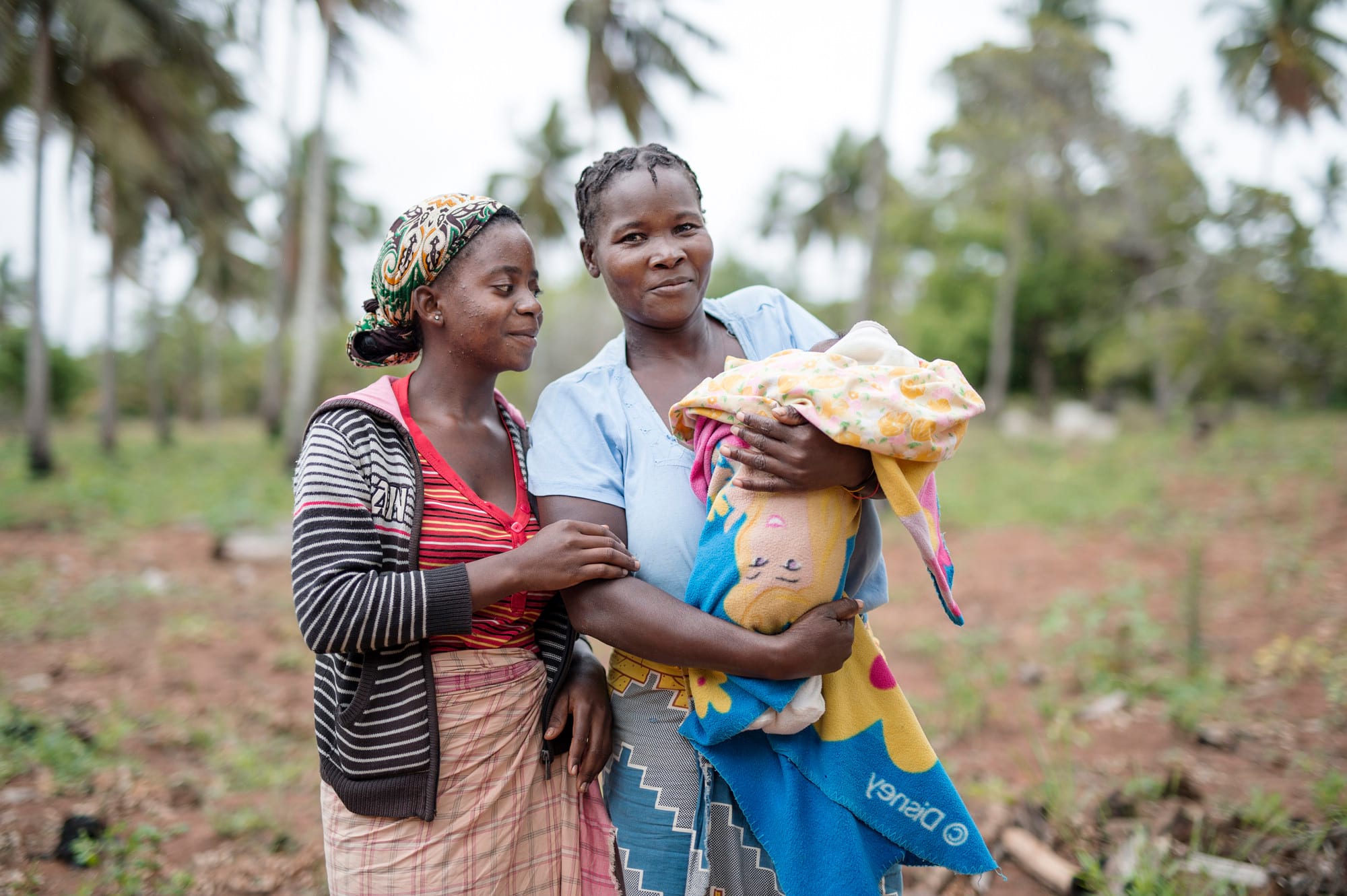
In her article for The New York Times, Hannah Beech shares the stories of Nyo and Phyu, two teenagers from Myanmar who were trafficked to China at age 16. A neighbor promised to find them waitressing jobs, but after 10 days of traveling, the girls realized that was not their fate. They tried to run away twice, but they were caught and locked in a room.
“The girls were split up, each paired with a supposed husband, although no marriage paperwork was ever filled out, to their knowledge,” writes Beech.
After going home with their new “husbands,” both girls were locked in rooms. Nyo was often beaten and raped by her “husband.” Phyu’s “husband” repeatedly injected drugs into her arm before forcing her to have sex. Eventually, Phyu and Nyo both gained access to the internet. This allowed police to track the girls down, prosecute the traffickers and “husbands,” and send the girls back to Myanmar.
But the traumatic experience left both girls with painful life circumstances.
Nyo ended up giving birth in Myanmar to a daughter by her Chinese “husband.” Phyu suffered physical and psychological damage from the abuse she experienced.
“Before this happened, Phyu was so happy and active,” Phyu’s mother told Beech. “But they gave her something to make her forget and trigger her sexuality. They beat her. She doesn’t know she is ruined.”
Trafficked
Bride trafficking makes up only a small percentage of the trafficking of girls, a trade that has grown rapidly in recent decades.
The United Nations reports:
72%
of trafficked girls are used for sexual exploitation.
21%
of trafficked girls are used for forced labor.
7%
are used for other purposes (such as forced marriage, exploitative begging or coerced criminal activities).
Girls make up a rising percentage of the total detected number of trafficking victims:
10%
of total victims in 2004 are comprised of girls.
23%
of total victims in 2016 are comprised of girls.
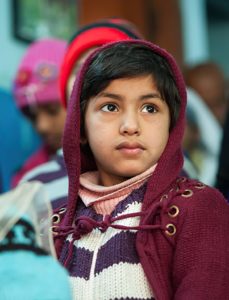
When many think of trafficking, they imagine a woman or teenage girl being forced to work in a brothel. While this does make up a large percentage of cases, the trafficking of girls can take a variety of forms. For some, like Ashmita, it means working as a domestic servant.
After Ashmita’s father died, she and her mother moved into someone’s home to earn a living doing housework. Later, Ashmita’s mother sent her to work in another family’s home. Ashmita, who wasn’t yet 10 years old, was forced to wash dishes and clothes, mop floors and massage the legs of her employer. When Ashmita grew physically tired from the labor the house owners demanded, she was beaten and slapped. One time, the woman of the house put chili powder in Ashmita’s eyes.
For other girls, human trafficking means forced labor in the internet pornography industry, massage parlors that function as fronts for sexual exploitation, or “beggar mafia” networks. Whatever the form of trafficking, it leaves a deep, long-lasting mark on a girl’s psychology.
“Trafficking victims often find it difficult to overcome the traumatic reality of their exploitation and share details with law enforcement authorities that could aid in prosecuting their traffickers,” states the U.S. Department of State.
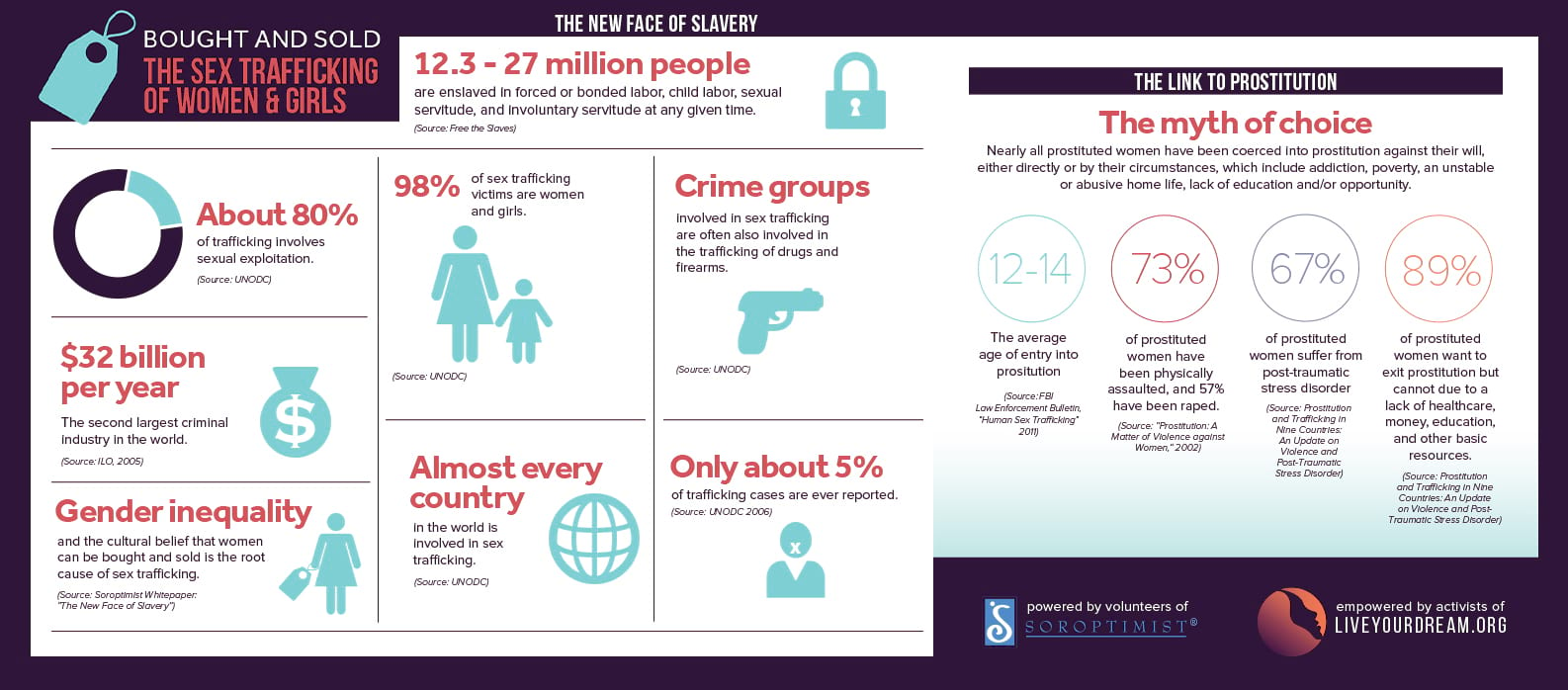
Traumatized and Exploited
Girls in areas of political instability, conflict or oppression become especially vulnerable to forced marriage and human trafficking.
“Trafficking in persons for sexual exploitation occurs within all conflict areas considered, including sub-Saharan Africa, North Africa and the Middle East, South-East Asia and others,” reports the UN. “In some refugee camps in the Middle East, for example, it has been documented that girls and young women have been ‘married off’ without their consent and subjected to sexual exploitation in neighboring countries. Abduction of women and girls for sexual slavery has been reported in many conflicts in Central and West Africa, as well as in the conflicts in the Middle East. It has also been reported that women and girls are trafficked for forced marriage in the same areas.”
Reports of such conflict-related trafficking occasionally make international news. The world waited for the return of more than 200 girls kidnapped in 2014 by Boko Haram in Chibok, Nigeria. News outlets recounted how the Islamic State group forced Yazidi and Christian girls into sexual slavery. In some regions, however, political instability has made the trafficking of girls an everyday reality often overlooked by the rest of the world.
North Korean girls attempting to flee government oppression may face the greatest risk for exploitation. In China, the only country they can directly cross into, they must try to be invisible. If they are caught, China’s government will send them back to North Korea, where they will likely face prison time for illegally exiting their homeland (which may involve starvation, sexual abuse or physical torture). As a result, North Korean women and girls easily become prey for traffickers.
According to a report from the Korea Future Initiative, the vast majority of North Korean trafficking victims are girls or women aged between 12 and 29, and many became ensnared in sexual slavery less than a year after fleeing North Korea.
Most of these girls and women end up in prostitution in brothels near the China/North Korea border, while others become entrapped in the growing cybersex trade.
“Girls aged as young as 9 are forced to perform graphic sex acts and are sexually assaulted in front of webcams which are live-streamed to a paying global audience,” explains the Korea Future Initiative.

Confronting Conflict
In every story, there is conflict that disrupts the protagonist’s life. And in the stories of many girls’ lives, antagonists like exploitation, abuse trafficking, forced marriage or discrimination have brought so much conflict and destruction they have nearly destroyed hope. Without intervention, many girls will never have the chance for an education or a career. They may suffer from lasting health problems due to teenage pregnancy, forced prostitution, rape or physical abuse. They may live the rest of their lives believing they shouldn’t expect anything better.
There is, however, a God who created each girl and each woman. He hears the cry of the powerless and the needy and comes to their aid, and He gives them strength to overcome trauma and oppression. There are also many people working to combat trafficking, promote education and teach the value of girls. Many of these advocates were themselves once girls whose stories were defined by tragedy and abuse. Yet these women have risen above those obstacles, and they are helping other girls and women find similar freedom.
Changing Attitudes
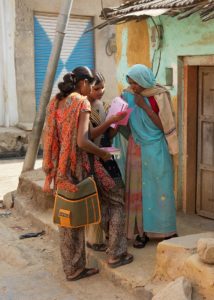
Ruth’s story shifted from tragedy to hope after she met some Christian women serving in her community. They befriended the teenager, encouraged her and invited her to church. There, Ruth heard a Gospel for Asia (GFA) pastor share about the love of Christ—a love that was overwhelming to a girl whose own parents didn’t value her. Ruth decided to follow this God who actually loved her.
Later she moved to another city to receive training from the church about how to help other hurting people just like herself. Before she left, she went to seek her father’s blessing, which in her culture is requested by bending down and touching an elder’s feet. Instead of blessing her, her father kicked her in the face.
During her time in Bible college, Ruth grew closer to Christ. Around the time she graduated, her pastor from her village told her she needed to come back home. Ruth’s father had changed, he said.
When Ruth got off the bus in her village, her father was waiting for her, and something happened that had never occurred before: He hugged her.
What had caused such a dramatic change in his attitude?
He had become a follower of Jesus, like his daughter. After God transformed his life, Ruth’s father began to value and support Ruth, knowing she was a gift from the Lord and not a burden.
Lasting global change in the treatment of girls starts when people recognize the value of each girl as a human being created by God. Those who recognize this will protect girls’ lives and challenge attitudes demeaning girls as less valuable than boys.
In South Asia, where rates of gender-biased abortion are still high—despite it being illegal—Gospel for Asia (GFA) workers have the opportunity to show through their example and counsel that girls have dignity and value as image-bearers of God. These men and women are able to bring change not only to girls’ lives but also to entire families and communities. As the mindsets of parents and community members change, girls live in a safer, more supportive environment.
One day, GFA pastor Kanish heard some concerning news from Rajika, a woman who attended his church along with her four daughters. Rajika’s husband, Sushil, had already been addicted to drugs. Then, after Rajika gave birth to their fourth daughter, neighbors began to mock Sushil for having no sons and only daughters. The disappointment and humiliation pushed Sushil further into a pit of depression and substance abuse. He began abusing his wife and children.
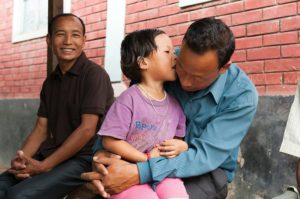
Thankfully, Pastor Kanish was equipped to talk to Sushil: The pastor himself had three daughters and no sons. Unlike Sushil, Pastor Kanish cherished his daughters. When he visited Rajika and Sushil’s home, he challenged Sushil’s attitude toward his daughters. He explained to Sushil that his daughters were blessings from God, not burdens.
Through the pastor’s encouragement, Sushil decided to depend on Jesus instead of alcohol and drugs. He began to pray regularly, and he welcomed others to his home for prayer meetings. As Sushil’s mindset and lifestyle were transformed, he overcame his addictions and started loving his wife and children instead of abusing them. He thanked God for restoring his life.
As God transforms the attitudes of people like Ruth’s father and Sushil, a broad impact sweeps through entire families and communities. When just one person chooses to value and support his or her daughter, this changes not only her life but also the lives she will impact one day. Moreover, this support shows others an example of a healthy family dynamic.

Opening Doors of Opportunity
A recognition of girls’ inherent value will advance education for girls. Education helps girls learn basic skills like reading and writing, which are necessary to complete everyday tasks and conduct business in society. Education helps girls develop talents and interests. Education helps girls pursue the careers or paths that are right for them instead of being completely dependent on a husband. Ultimately, education helps girls unlock the freedom and knowledge to realize their potential.
At only 15 years old, Malala Yousafzai was nearly killed because she fought for education for girls in her region of Pakistan, where the Taliban had forbidden them from attending school. The teenager publicly spoke out about a girl’s right to attend school. Then, one day, a masked gunman boarded her school bus and shot her in the head.
“I woke up 10 days later in a hospital in Birmingham, England,” Malala remembers. “The doctors and nurses told me about the attack—and that people around the world were praying for my recovery.”
After her remarkable recovery, Malala became the youngest winner of the Nobel Peace Prize in 2014. Now 23, she continues to advocate for girls worldwide: She and her father founded the Malala Fund to advance the mission of 12 years of free, safe, quality education for girls.
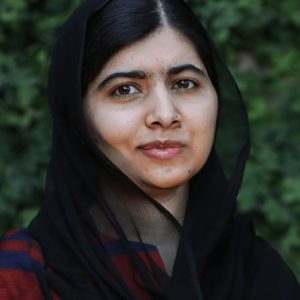
Photo by Malala Fund
“Girls who complete secondary school become healthier, more prosperous adults,” writes the Malala Fund. “Girls who receive a secondary education are more able and likely to contribute fully in their families, communities and societies, as earners, informed mothers, and agents of change.”
Many impoverished families fail to educate their daughters because they are struggling just to put food on the table; they cannot afford school supplies or uniforms. However, GFA’s Bridge of Hope Program and other child sponsorship programs help make education a reality for girls in poverty. These programs often provide for school expenses, uniforms, food and tuition: the tools needed for a child to thrive academically and complete her education.
As child sponsorship programs remove a financial burden from the family, they make it more likely for parents to keep their other children in school, even if only one child can join the sponsorship program. This changes the situation for families that would be tempted to keep their daughters at home, send them to work as child laborers or marry them off at a young age.
Through child sponsorship programs, girls gain the chance to excel scholastically, develop artistic and athletic talents, eat nutritious meals and build positive relationships in a supportive, nurturing atmosphere. The gift of education also changes girls’ outlook for the future.
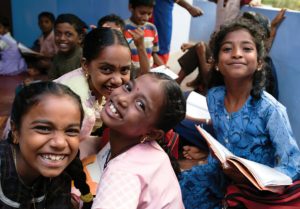
Girls who once would have only looked forward to marrying young or doing menial labor jobs now dream of being teachers, police officers, nurses or engineers. They have a much greater chance of achieving higher education.
Salena, a Bridge of Hope graduate, came from a poor background and watched her two older brothers labor in a hazardous factory. Until Bridge of Hope opened in her community, she didn’t have much to look forward to, as her parents struggled just to put food on the table for their six kids. But Bridge of Hope allowed Salena to excel in and complete her education.
“If I had not joined Bridge of Hope, I would have been looking after cows of a landlord, or I would have gotten married and gone to my in-laws’ home, because my parents had no money to send me to school,” Salena says.
“I clearly remember many nights we went to bed without food. … But then the Bridge of Hope project became … an agent of change and a stream of blessing in my life. Joy and peace came into my life as well as in my home. I was given all my needs from BOH like other children in the [program]. I discovered my hidden talents, abilities and life’s purpose.”

Resisting Child Marriage
Education can help girls avoid the trap of child marriage. At school, girls may learn about the dangers of child marriage, which can help them educate their own parents. Also, as girls acquire skills and knowledge at school, they and their families see the possibility of higher education and attractive career options.
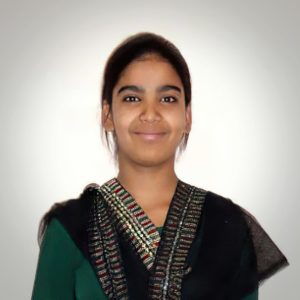
At age 13, Krupa, a Bridge of Hope student, came home one afternoon to find a crowd of people at her house. Bewildered, she asked her mother what was happening, but she only told Krupa to follow instructions. As Krupa’s neighbor started telling her to do things, Krupa realized she was being roped into a pre-wedding ceremony. Her parents were marrying her off.
Thankfully, Krupa had learned at Bridge of Hope about the dangers of child marriage, and she had promised herself she would never marry before age 18. She wanted to attend university and become a teacher.
Desperate to stop the impending wedding, Krupa borrowed a cell phone and secretly called Bridge of Hope staff members.
“Within just half an hour, they arrived at our house like angels,” Krupa recalls. “They came directly to me without looking at anyone. All I could say to them was, ‘I am only 13. What would you do if I was your child?’ They needed nothing more to hear and understand the whole situation.”
The Bridge of Hope staff talked to Krupa’s parents and explained the laws against child marriage. Krupa’s father promised not to arrange her marriage before she turned 18.
“I thank the Bridge of Hope staff for saving me from becoming prey to the trap of child marriage,” Krupa says. “My friends and school teachers admire me for my courage, but I am just glad to be an inspiration for many young girls.”
With the help of the education she received and the support of the Bridge of Hope staff, Krupa kept her promise to herself. She finished her education, graduated from Bridge of Hope and became a teacher, just as she’d hoped. She did eventually marry at age 20, when she was old enough and educated enough to make decisions about her own life.
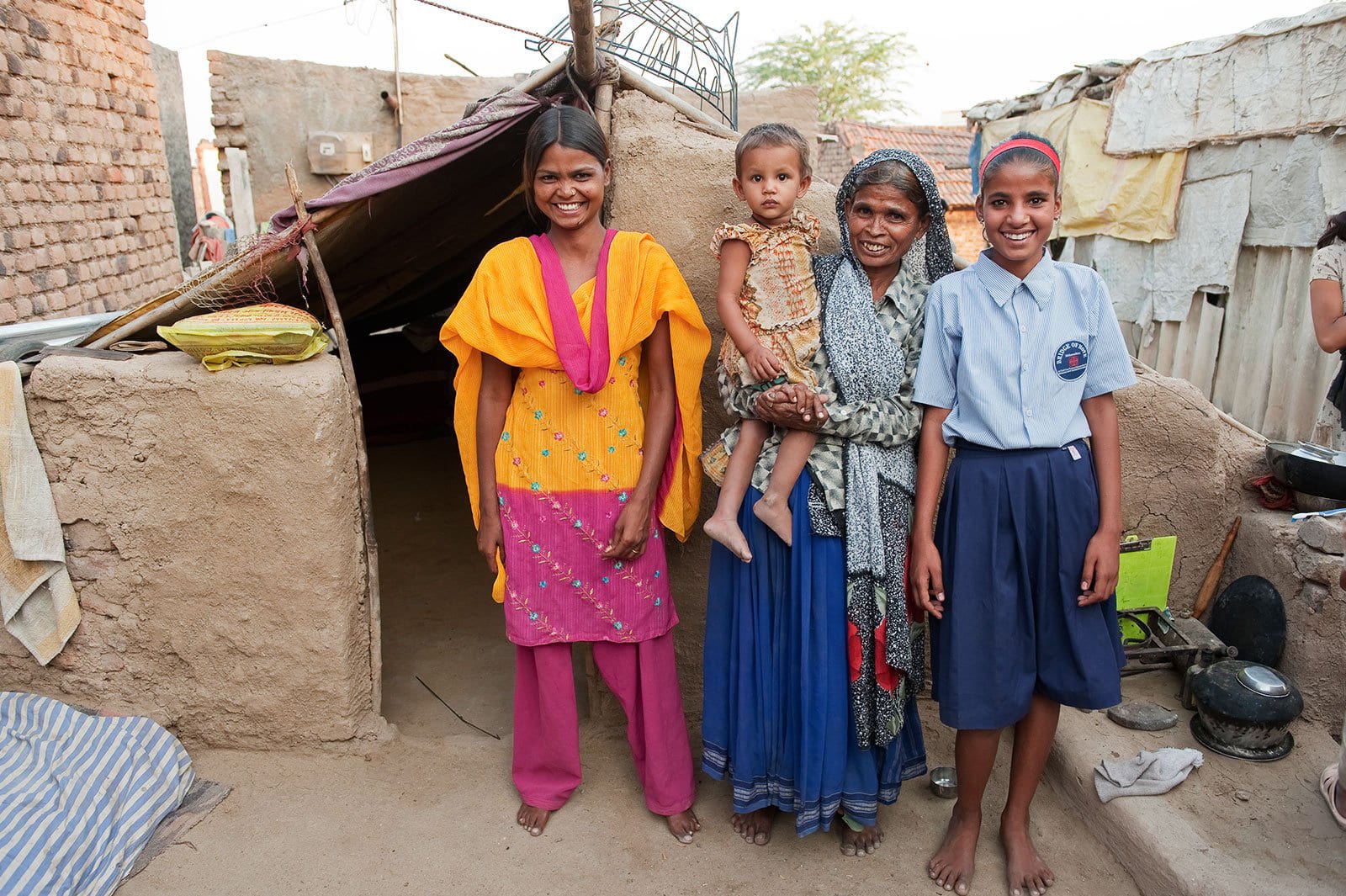
Bringing Freedom, Justice and Restoration
Education makes girls less vulnerable to child labor, trafficking and child marriage, but justice demands the world not only protect girls from these evils but also rescue victims of trafficking and help them recover.
International Justice Mission (IJM) is one of the largest organizations working to free, defend and restore victims of trafficking. IJM and other organizations often work to track brothels where girls under age 18 are being forced to work. They work with law enforcement to remove girls from the brothels, see that perpetrators are appropriately prosecuted and help survivors to receive aftercare.
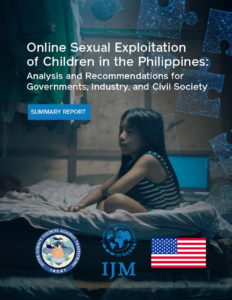
Earlier this year, IJM worked with police from two states in India to disrupt a cross-country sex trafficking ring. Police in one region noticed girls were being trafficked to a city on the other side of India. IJM supported the police in both states as they located a brothel where many of these girls were being held. Manisha, who had been rescued from the same brothel when she was a minor in 2018, played an instrumental role, sharing information that helped direct police to the brothel. On February 22, the teamwork of IJM, the police and Manisha led to the arrest of four suspected traffickers and the rescue of two girls who had been imprisoned in the brothel.
Many other organizations like IJM work to rescue girls from trafficking, prosecute traffickers or provide aftercare to survivors. Other organizations combat trafficking by holding businesses accountable to prevent forced labor. Through initiatives such as the Freedom Seal label, consumers can help end trafficking by supporting businesses that have taken the necessary steps to block slavery from their supply chains.
Rani Hong, the creator of the Freedom Seal initiative, fights against trafficking as someone who has survived it. Rani was trafficked when she was only 7 years old, forced to work 12 hours a day in a brick factory and kept in a cage at night. After she became physically unable to work, she was trafficked in an illegal adoption scheme.
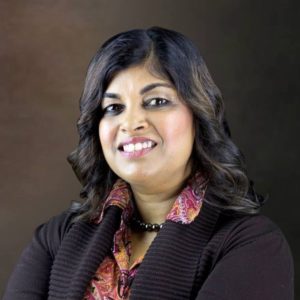
Rani ended up in a loving home in the United States, grew up, got married, had children and eventually reconnected with her mother and siblings in India.
But Rani didn’t forget her childhood experience; she began working to prevent other children from facing the same fate. She spoke before the Washington State legislature to pass a law criminalizing human traffickers. She became a UN special adviser on the Global Initiative to Fight Human Trafficking, and she created the Freedom Seal label, mentioned above, to promote businesses free from child labor and trafficking.
Ashmita, the girl forced to work as a domestic servant, also found freedom from child labor. After government authorities learned of her situation, they placed her in a home for girls run by Gospel for Asia (GFA) workers. There, Ashmita received care and encouragement from Sisters of Compassion and other Gospel for Asia (GFA) missionaries. She got to attend school. She played and made friends with the other girls at the home, who became like sisters to her.
“I like this place so much; I like all these didis [older sisters]. They work hard for me and for all of us,” Ashmita shared. “I like this place, and I don’t [want] to leave this place and go to any other place or orphanage because of the love and care that we get here.”
Now, as Ashmita flourishes in a stable home where she is receiving education and care, she can dream about the future.
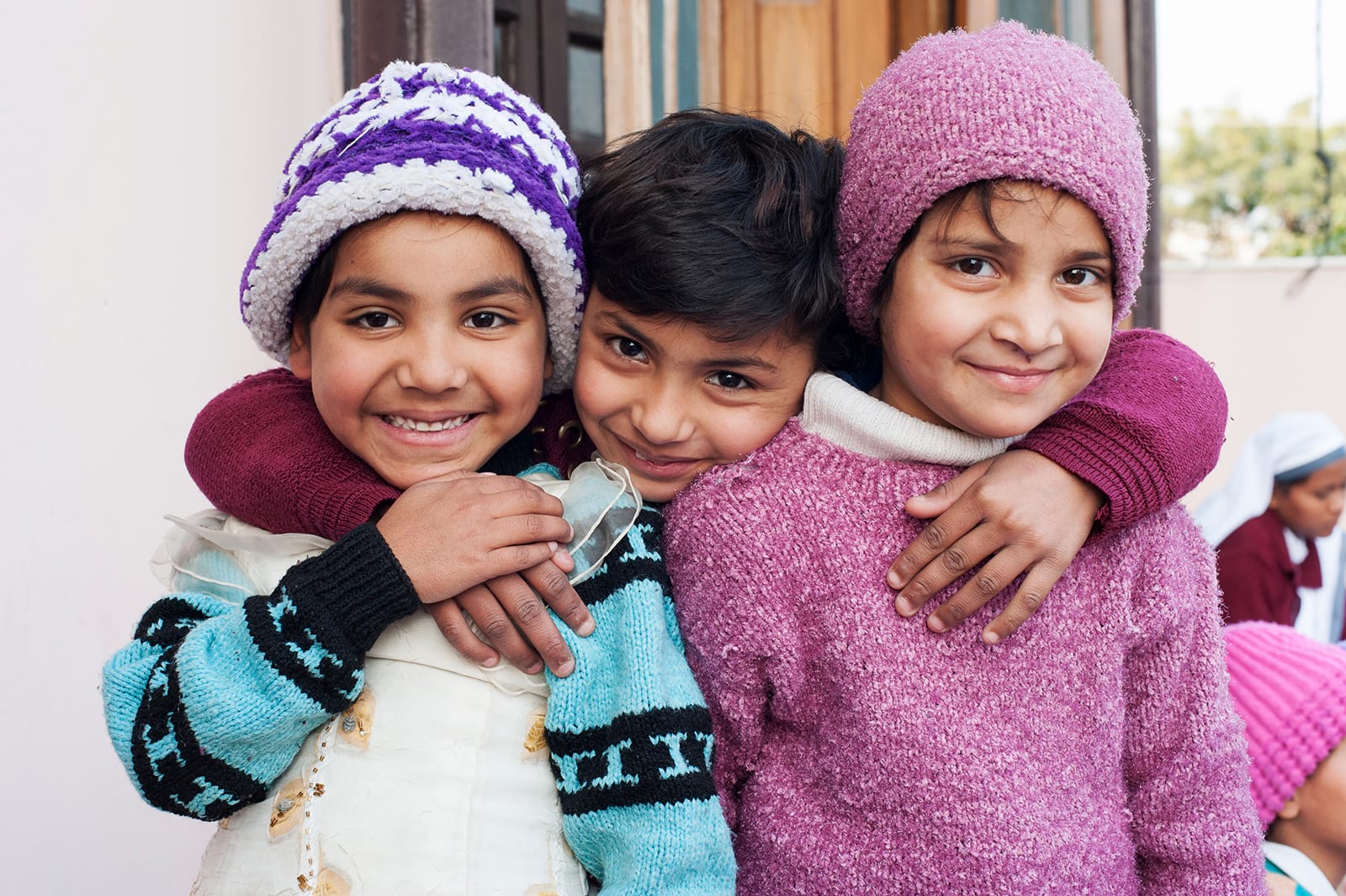
Writing New Chapters
In Jane Eyre, Little Women, Anne of Green Gables and most other popular coming-of-age stories about girls, the heroine gets a satisfying ending—the ending the characters and the readers both long for. Jane Eyre, Jo March and Anne Shirley find contentment accomplishing their dreams and living in safe homes with the people they love.
Real life doesn’t always bring neat, happy resolution, but it does bring the same element of hope found in those fictional stories—in an even more powerful way. In the true stories of girls such as Ruth, Ridhima and Ashmita, redemption is dawning over years of devastation and pain. As God brings restoration to their lives, they are helping many more girls to overcome the antagonists of abuse, discrimination and exploitation and to embrace their identities as daughters of the King of kings.
Ruth understands the power of this transformation as she continues to help more girls, women and communities by training younger women to minister Christ’s love to people in need.
“Let many sisters come up,” she says, “and then we will make a new history for the world and for Christ.”
Be Part of Writing a New Story
You can help write a new story for girls around the world. There are several ways you can give girls the chance to know their value in God’s eyes and to embrace the future with confidence and strength. Here are just a few:
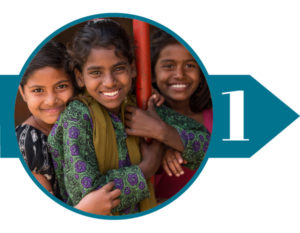
Sponsor a girl through a child sponsorship program
Many organizations, including GFA’s Bridge of Hope Program, Compassion International and World Vision, are working to provide children with education, nutritious food and opportunities in the name of Christ. By sponsoring a girl, you can help give her education in a nurturing environment, unlocking the door for her to overcome poverty and setbacks. Even if you choose to sponsor a boy, you will still be helping these organizations advance their mission of educating both boys and girls, and you will most likely be giving this boy the opportunity to learn respect for girls and women.
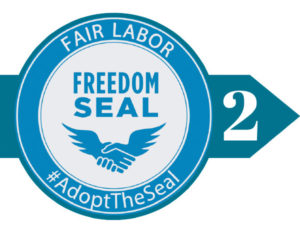
Promote awareness, justice and accountability
Because of their vulnerable position in society, girls need advocates. They need adults to educate others about the importance of defending a girl’s life, dignity, health and education from many dangers. They need adults to fight for them when they face abuse, trafficking or forced marriage. They need adults to remove corruption from business supply chains and eliminate child labor from the marketplace. To promote awareness, justice and accountability, you can partner with organizations such as International Justice Mission to provide legal help and aftercare to girls who have been subjected to trafficking, sexual abuse or child labor. You can use information from Freedom Seal and other accountability initiatives to ensure that you are only supporting businesses that prevent girls from being exploited in child labor.
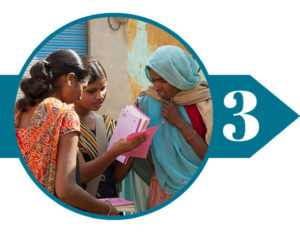
Partner with women missionaries
Women missionaries can effectively minister to girls’ and women’s emotional and spiritual needs. By supporting women missionaries like Ruth through prayer and finances, you can share hope with girls who need to know there is a God who loves and values them.
Pray
Sometimes the most effective way to help others is to seek God’s mercy and intervention. One individual can’t remove abuse or corruption from social structures, but when one individual joins with other individuals to intercede for girls who are neglected and abused, crying out for God’s justice, the Lord transforms hearts and lives—the first step toward social transformation.
If you want to help girls at risk in South Asia, consider a one-time donation to stand in the gap for children who have been rescued from desperate situations into Bridge of Hope but still lack permanent sponsors to cover their monthly needs to remain in school.
About Gospel for Asia
Gospel for Asia (GFA World) is a leading faith-based mission agency, helping national workers bring vital assistance and spiritual hope to millions across Asia, especially to those who have yet to hear about the love of God. In GFA’s latest yearly report, this included more than 70,000 sponsored children, free medical camps conducted in more than 1,200 villages and remote communities, over 4,800 clean water wells drilled, over 12,000 water filters installed, income-generating Christmas gifts for more than 260,000 needy families, and spiritual teaching available in 110 languages in 14 nations through radio ministry. For all the latest news, visit our Press Room at https://press.gfa.org/news.
Read more news on Gospel for Asia, Human Trafficking, and Gender Imbalance.
Learn more by reading these Special Reports from Gospel for Asia:
- Ending Violence Against Women — Using Programs and Education to Prevent Discrimination
- An Imaginative Exercise in Empathetic Fear — Think About Living in a Community with Missing and Murdered Indigenous Women
This Special Report originally appeared on gfa.org.
Read what Christian Leaders have to say about Gospel for Asia.

